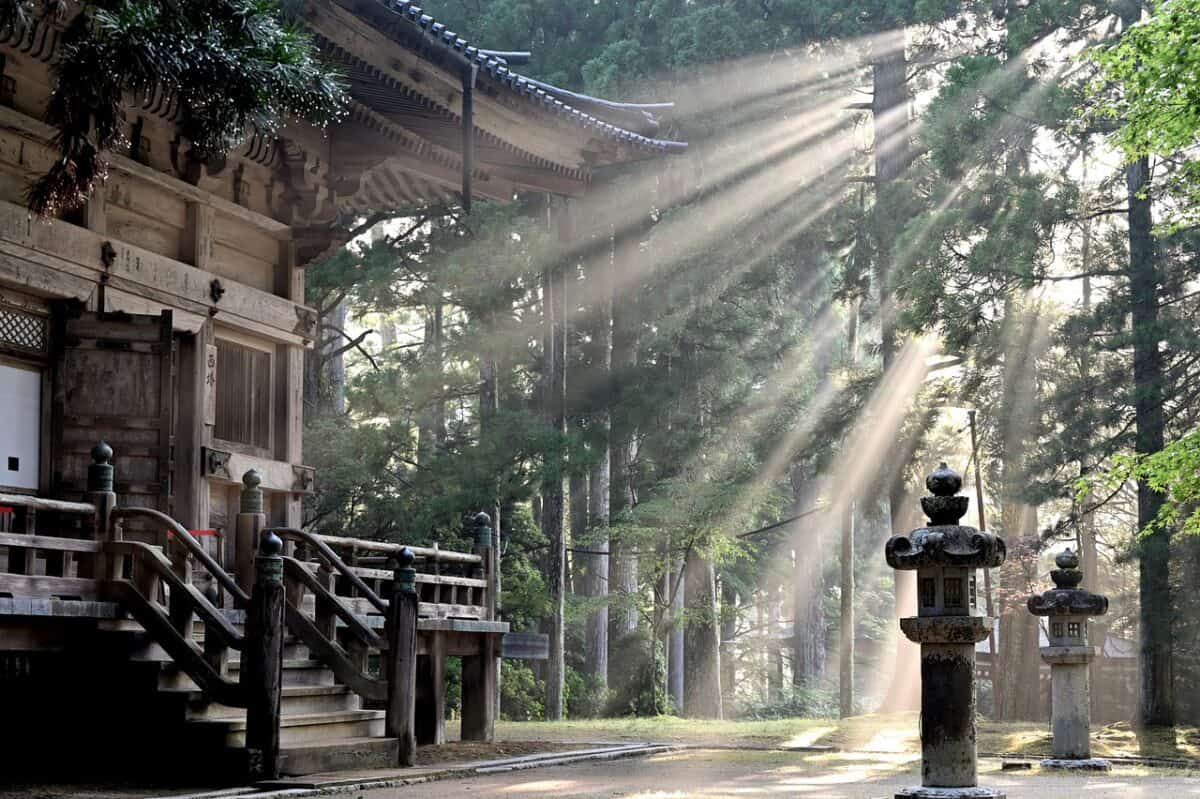Japan, a country renowned for its rich culture, historical landmarks, and beautiful landscapes, offers visitors a diverse range of experiences throughout its four distinct seasons. Understanding the weather patterns can help travelers plan their trips to experience the best of what Japan has to offer. This article explores the best times to visit Japan, focusing on the unique aspects of each season.
Spring: Cherry Blossom Magic

Spring in Japan is synonymous with cherry blossoms, or “sakura,” which typically bloom from late March to early April. This season is one of the most popular times to visit due to the mild weather and the spectacle of cherry blossoms blooming across the country. Many people flock to parks and gardens in cities like Kyoto, Tokyo, and Osaka to enjoy “hanami,” or flower-viewing parties.
Spring Rain and Its Effects

While spring is celebrated for its beauty, it can also bring rainy days, especially in the early months. Visitors should prepare for light rain and occasional cloudy skies. Despite the rain, the temperate climate and fewer crowds after the cherry blossom season make late spring an ideal time for sightseeing.
Summer: Vibrant Festivals and Coastal Escapes

Summer in Japan lasts from June to August and is characterized by hot, humid weather. Despite the challenging weather, this season offers vibrant festivals such as the Gion Matsuri in Kyoto and the fireworks festivals across the country. Coastal areas like Okinawa and Shonan are popular for their beaches and water sports.
Rainy Season: June’s Unique Charm

June marks the beginning of the rainy season, known as “tsuyu” in Japanese. While it might seem like a deterrent, the rain brings unique beauty to gardens and temples, with lush greenery and atmospheric scenes. It’s also a perfect time for indoor activities like visiting museums and art galleries.
Autumn: The Symphony of Colors

From September to November, Japan is transformed by the stunning autumn foliage. The leaves begin to change color in the northern areas and gradually move south, creating spectacular displays of red, orange, and yellow. This season offers perfect weather for hiking in places like the Japanese Alps or taking scenic drives in the countryside.
Typhoon Season Precautions

It’s essential to consider that early autumn can coincide with typhoon season, which typically peaks in August and September. Travelers should monitor weather forecasts and prepare for changes in their travel plans. Despite this, the later months offer stable and pleasant weather.
Winter: Snow-Capped Wonderlands

Winter in Japan, from December to February, offers a magical experience filled with snow-capped mountains and winter sports. Northern regions like Hokkaido and regions like the Japanese Alps attract skiers and snowboarders with excellent powder snow. Outside of winter sports, travelers can enjoy hot springs or “onsens,” which are especially inviting in the cold weather.
Festive Celebrations and Holiday Events

Winter also brings a festive spirit with events like the Sapporo Snow Festival and New Year’s celebrations. Visitors can enjoy illuminations and traditional holiday markets throughout various cities, adding to the charm of a winter visit.
Hokkaido: A Unique Seasonal Experience

Hokkaido is a destination that shines differently each season. From lavender fields in Furano during summer to the snow-covered landscapes in the winter months, this northern island offers unique experiences that cater to each season’s weather pattern.
Island Adventures in Okinawa

Situated in the southern part of Japan, Okinawa boasts a subtropical climate, making it a year-round destination for beach lovers. The best time to visit for beach activities is from May to October, avoiding the typhoon season which typically occurs in August and September.
Mild Winter Experiences in Kyushu

For those preferring milder winter conditions, Kyushu offers warmer weather and fewer crowds. Visitors can explore volcanic landscapes, hot springs, and historical sites with pleasant temperatures even in the coldest months.
Conclusion: Synchronizing Travel with Seasons

Japan’s varied climate means there is no one-size-fits-all best time to visit. Instead, travelers should align their interests with the season that best suits their desired experiences. Whether it’s the cherry blossoms in spring, the vibrant festivals in summer, the colorful foliage in autumn, or the enchanting snow in winter, understanding Japan’s weather patterns allows for a more enriching and memorable trip.
- The Science Behind the Panda’s Distinct Black and White Fur - August 15, 2025
- The Fascinating World of Bioluminescence in Animals - August 15, 2025
- Why Florida Might Be Uninhabitable in 50 Years - August 15, 2025

